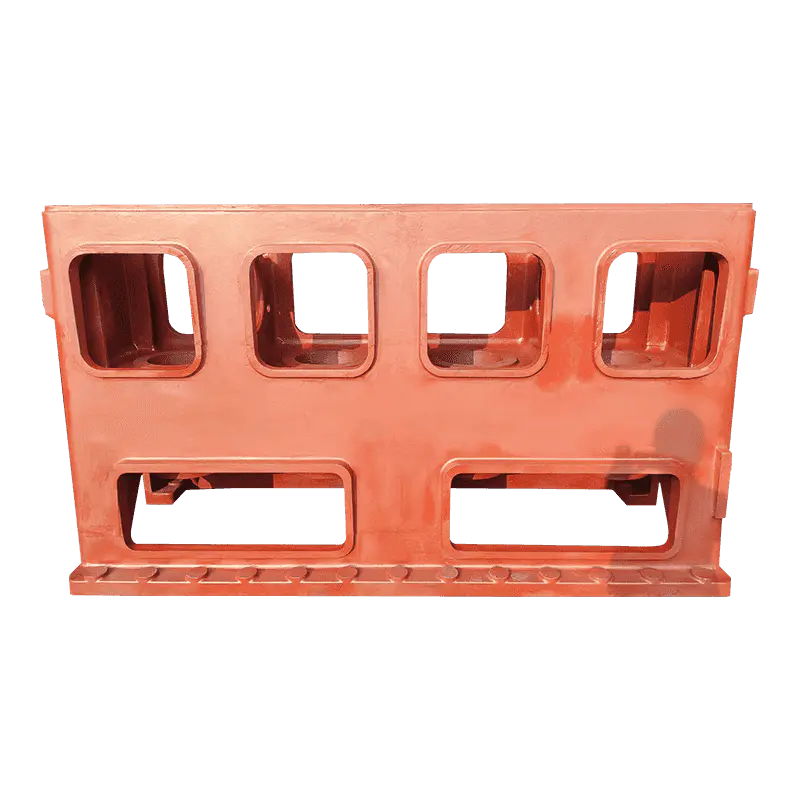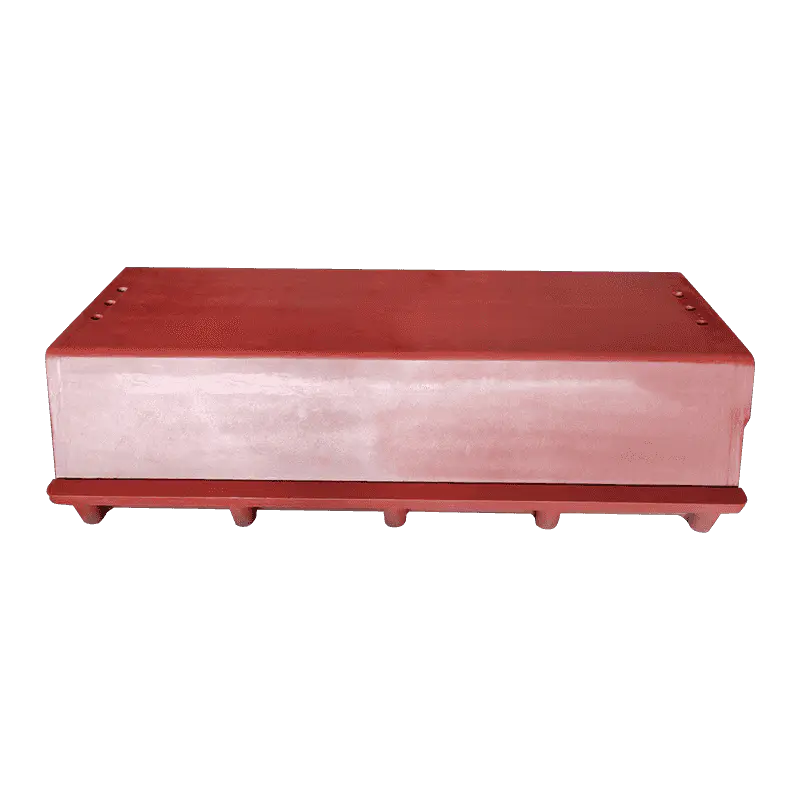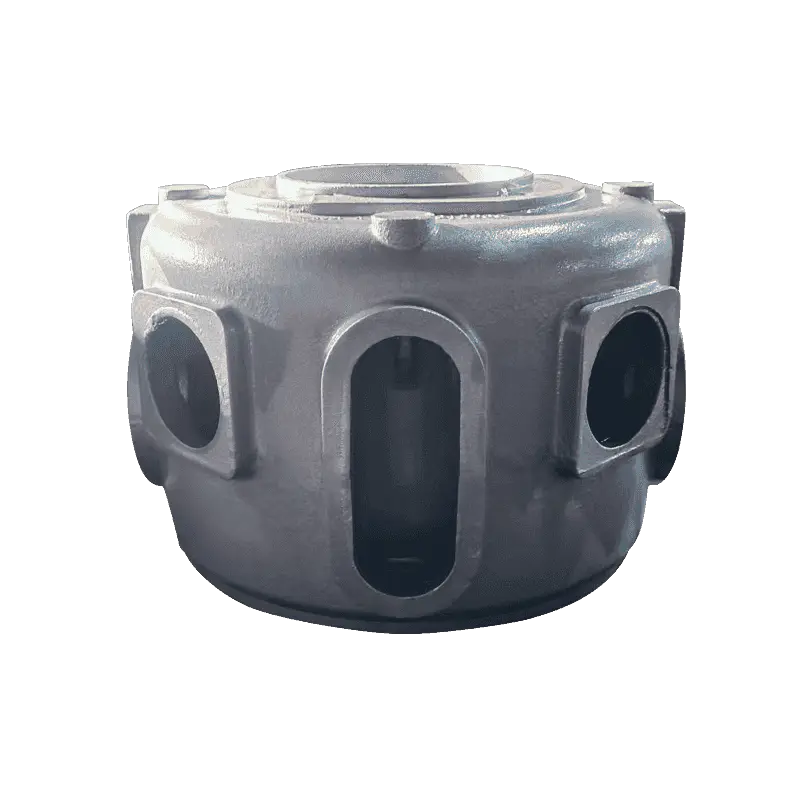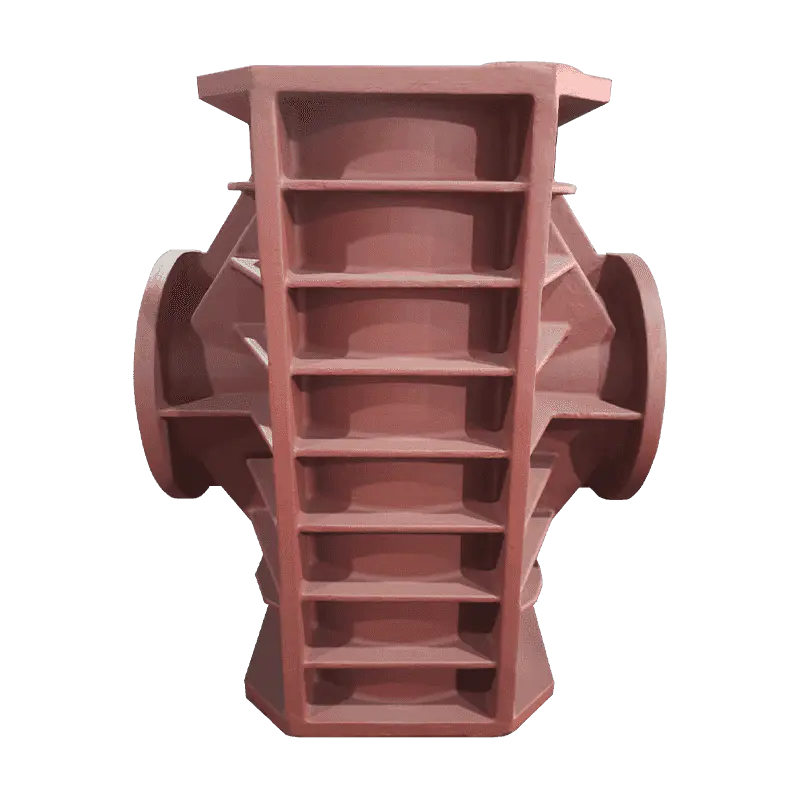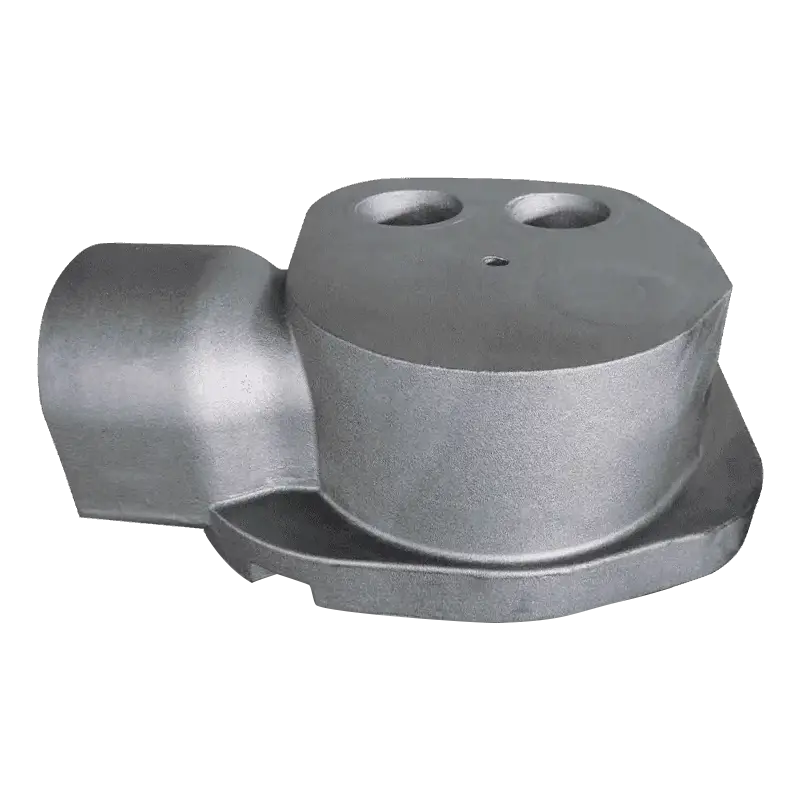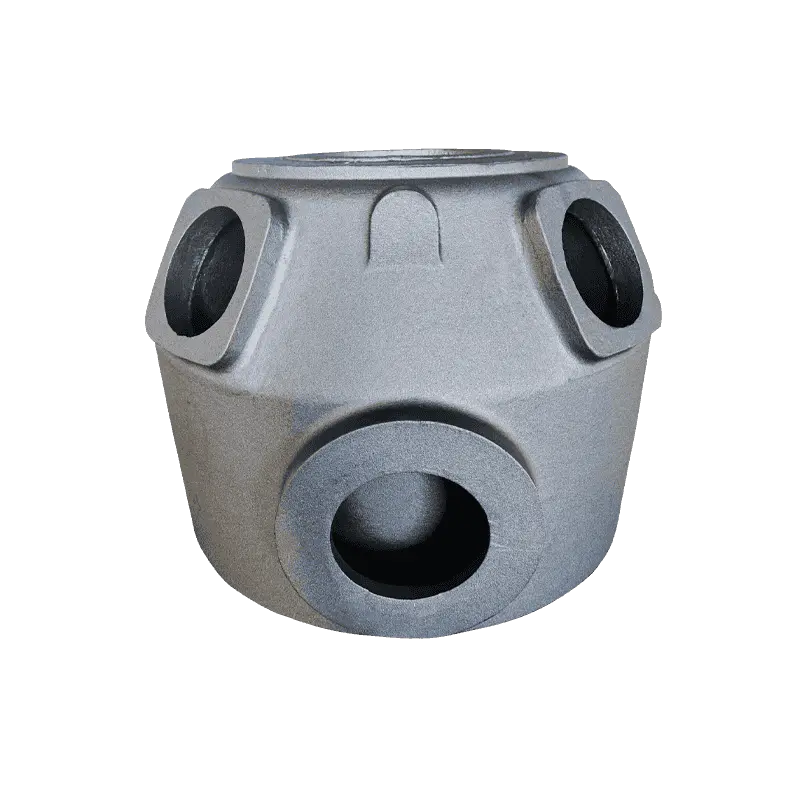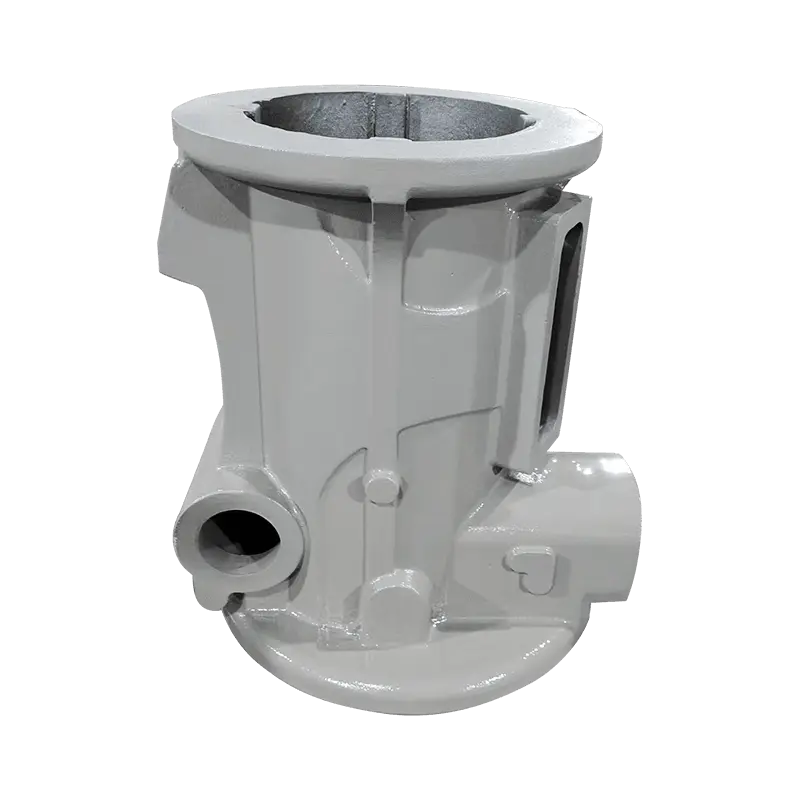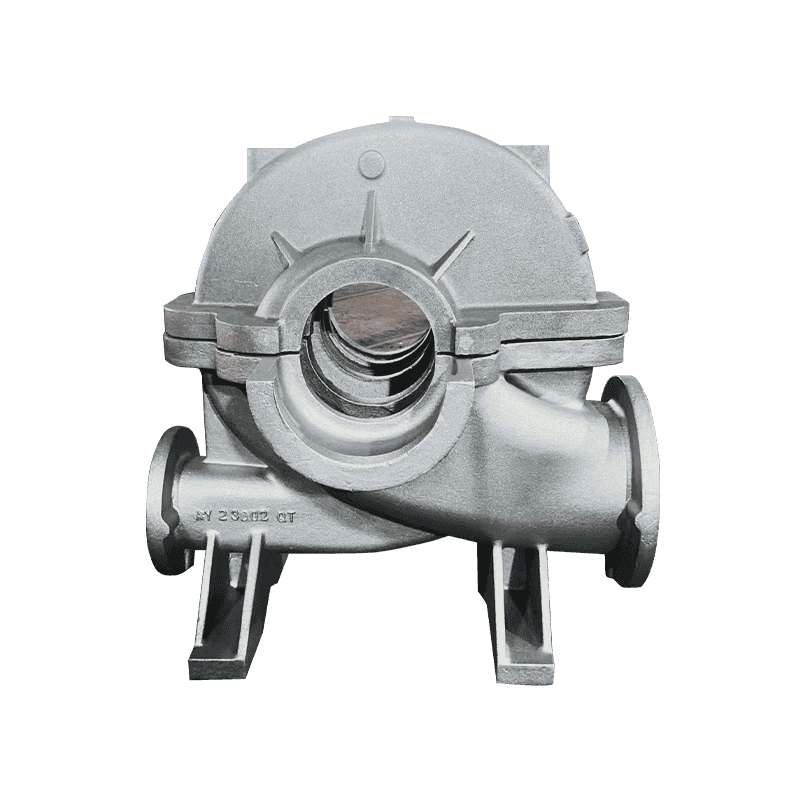-
Dimensional Stability: Machine Tool Castings serve as the primary structural foundation of CNC machines, directly influencing the spatial relationships of all moving components. During machining operations, heat is generated from multiple sources, including cutting friction, spindle rotation, and drive motors. If the castings exhibit poor thermal stability, they are prone to expansion, contraction, or warping, even under minor temperature fluctuations. These deformations can produce positional errors in linear and rotational axes, leading to reduced machining accuracy. For high-precision components, even a deviation of a few microns can result in parts being outside specification. Therefore, ensuring high thermal stability in castings is essential for preserving dimensional consistency and maintaining the precise alignment of the machine’s critical axes over prolonged operational periods.
-
Vibration and Structural Rigidity: The rigidity of Machine Tool Castings is a critical factor in minimizing vibrations during machining. When a casting is thermally unstable, temperature variations can reduce its stiffness, making the structure more susceptible to oscillations under dynamic cutting forces. Increased vibrations directly affect surface finish quality, contribute to chatter marks, and can lead to inconsistent cutting performance. Additionally, excessive vibration accelerates wear on spindle bearings and other machine components, reducing overall reliability. Castings with superior thermal stability maintain a uniform modulus of elasticity across operational temperature ranges, thereby ensuring that the machine structure effectively absorbs and dampens cutting forces, resulting in smoother operation, improved part accuracy, and longer tool life.
-
Tool Wear and Machining Accuracy: Thermal deformation in Machine Tool Castings alters the relative alignment between the cutting tool and the workpiece, which can introduce unintended geometrical deviations. Misalignment increases uneven loading on cutting edges, accelerates tool wear, and may generate surface defects or dimensional errors. In high-speed machining operations, even slight casting expansion can cause cumulative errors over multiple axes, significantly affecting part tolerance and repeatability. Maintaining thermal stability in castings ensures that all machine components retain their designed positional relationships, allowing tools to engage the workpiece consistently. This not only prolongs tool life but also ensures the production of high-precision parts with tight tolerances, which is critical in industries such as aerospace, automotive, and die/mold manufacturing.
-
Machine Longevity and Reliability: Repeated thermal cycling of unstable castings can induce internal stresses and fatigue, leading to the development of micro-cracks, surface distortions, or even catastrophic failure over time. These stresses result from the expansion and contraction of the material in response to fluctuating operational temperatures. Machines with thermally unstable castings require more frequent calibration and maintenance, reducing uptime and increasing operational costs. Conversely, castings with excellent thermal stability can withstand long-term exposure to heat without significant structural degradation. This ensures reliable performance, extends the operational life of the machine, and minimizes unexpected downtime. In precision manufacturing environments, high thermal stability contributes to consistent machine behavior, supporting the production of high-quality parts over extended service intervals.
-
Material Selection and Design Considerations: Achieving optimal thermal stability in Machine Tool Castings requires careful selection of material and casting design. Materials such as gray cast iron, ductile iron, and specialized alloys are favored for their low coefficients of thermal expansion and high internal damping capacity. The structural design, including rib placement, wall thickness optimization, and thermal compensation features, also plays a crucial role in minimizing deformation under heat. Advanced casting techniques, such as heat treatment or stress-relief processes, further enhance stability by reducing residual stresses. Proper material and design integration ensures that castings maintain dimensional integrity, resist vibration, and provide a stable foundation for high-precision machining, even under heavy loads or fluctuating thermal conditions.




